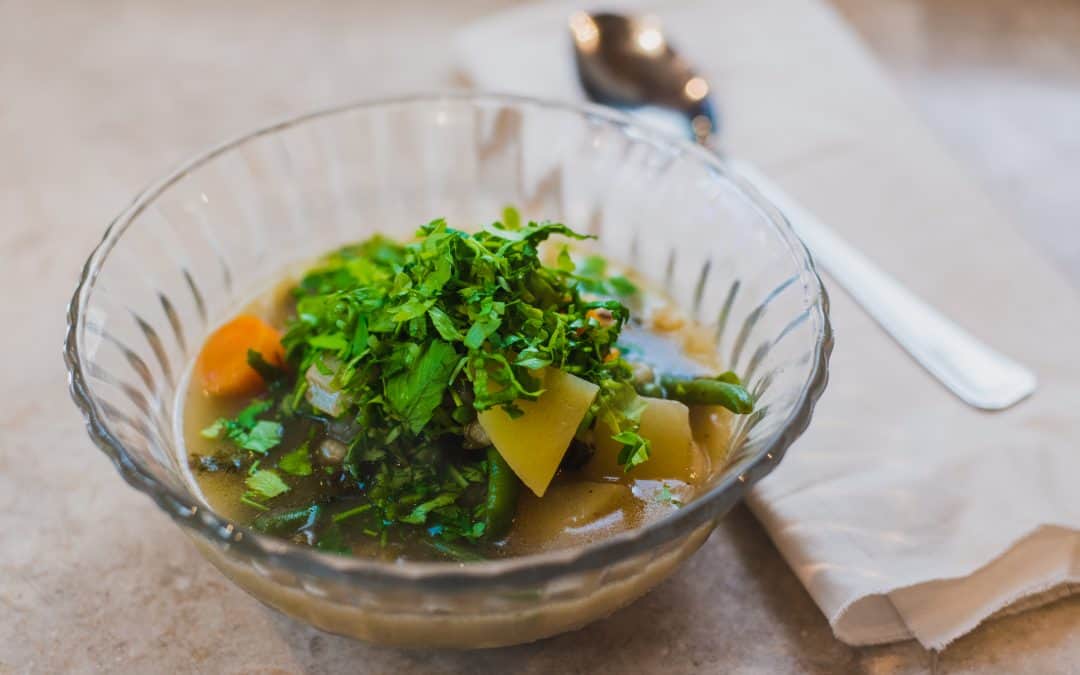The Sanskrit word Dha means holding, placing, containing. Dhatu means tissue, that which holds together, the constructing, cementing material of the body. The main objective of the Dhatus is to sustain and nourish the body.
There are seven Dhatus (bodily tissues), they are the action site of the three Dosha, and therefor they are also called Dosha. Disorders occur in the Dhatus, but the reason for the disorders is aggravation of the Doshas. Dhatu is treated in order to balance the aggravated Dosha.
Order of the Dhatus
The 7 bodily tissues are arranged from superficial to deep, the deepest is the last. The nourishment of the Dhatus flows from superficial to deep, the first Dhatu nourishes the second, and the second Dhatu nourishes the third and so forth. For this reason, a disorder in a deeper Dhatu will be harder to solve.
| Dhatu | Bodily Tissues |
| Rasa | Plasma (serum, white blood cells, lymphatic system) |
| Rakta | Red blood cells |
| Mamsa | Muscle |
| Meda | Fat |
| Asthi | Bone |
| Majja | Marrow, nerve tissue, connective tissue |
| Shukra/Artava | Male/Female reproductive tissue |
The nourishment of the tissues of the body occurs in stages through each of the Dhatus successively. The nutrition of each Dhatu is governed both by Agni (the digestive fire), and every Dhatu has its own digestive fire, called Dhatu Agni. This fire principle of every Dhatu must be strong in order to maintain the physiological function of each Dhatu. If one Dhatu Agni is adversely affected, it will gradually affect the others, however not necessarily in sequence.
As each Dhatu receives nourishment, it process and digests and produces two results. One result is the mature, fully formed tissue (called Dhatu Sthayi) and the second is a precursor or immature, raw form of nutrition for the next deeper level of tissue formation (called Dhatu Asthayi). There are seven Dhatus and each stage of Dhatu nutrition takes five days. Seven multiplied by five is 35 days, the time that elapses from the maturation of the first Dhatu until the last Dhatu is mature.
Dhatu have two byproducts:
- Upadhatu – this byproduct purpose is support, but it does not nourish the body.
- Mala – this byproduct purpose is neither support nor nourishment.
| Dhatu | Upadhatu | Mala |
| Rasa | Menstruation, lactation | Mucus membrane |
| Rakta | Tendons, blood vessels | Bile |
| Mamsa | Skin, muscle fat | Earwax, nasal crust |
| Meda | Ligaments | Sweat |
| Asthi | Teeth | Nails, body hair |
| Majja | Tears | Oily secretions of the eye |
| Shukra | None | None |
Similar to Dosha, the Dhatus have signs of excess and deficiency. When a certain Dhatu is deficient the treatment will be based upon items (food, herbs, and techniques) with similar attributes to those of the Dhatu affected, and if a certain Dhatu is in excess, the treatment will be based upon items with opposite attributes to the affected Dhatu.
Treatment of the Dhatus is especially important to prevent a repetition of a problem or disease.

